It might not be possible—or even desirable—for each team member to take ownership of part of your company’s work, but you can break projects up in a way that everyone has their own specific area to focus on. This strategy makes your projects asynchronous, which remote developer Mutahhir Ali Hayat suggests is the best way to make remote development work out. Working across different time zones with your team needs a special level of inclusion, empathy, and respect.
- Diverse teams made up of remote team members from around the world, especially in management positions, escape local echo chambers and build truly world-class products.
- Many Heads of Remote will spend time in both worlds, improving the internal experience while advocating for remote-first beyond the organization.
- In addition to removing the time constraint of the traditional synchronous approach, the asynchronous method, ideally, ensures communication records remain at hand.
- When push comes to shove, however, it comes down to creating guidelines for your business to help get everyone on the same page and to work together in the best way possible.
- This leads to a better run company, less stress, and higher quality work.
- Time zone coverage is just something that’s automatically possible with distributed teams.
- Write what you’ve done that day, share where you’re hung up on a project, and ping others with ideas.
Finding the right communication and collaboration tools is essential for all distributed teams, but is especially important for those working across time zones. The most important thing to do when working remotely is to grow comfortable communicating asynchronously whenever possible. Even though your https://remotemode.net/ whole team may be in different major cities or different countries, with geographic and time zone differences separating you—with effective async communication, none of that matters. The difficulties of managing different time zones, language barriers, and cultural differences can be frustrating.
Central Indonesian Time Zones (GMT+
By hiring remote workers, you’ll never have to worry about geographical limitations again. There is a false perception that remote workers are lazy, taking every opportunity to slack off because nobody is watching. In fact, remote workers are generally more productive than their in-office counterparts. Find the perfect JavaScript developer for your team with our comprehensive job description template. It covers all the essential elements including responsibilities, skills, qualifications, and employee benefits.
When your global teammates feel like their schedule is respected, they might feel happier at their job, less stressed, or have an easier time tuning out of work communication outside of their main work hours. Ultimately, these things will help boost job retention, productivity, and your team’s overall performance. Even after having an initial conversation, you should also speak up if you’re having issues attending many meetings in multiple timezones.
Pro: You can work with the most talented people
This is why we’re seeing a consistent increase in the number of distributed teams hiring globally. As the world is moving toward a fully distributed work model, there’s still plenty of value in in-person team meetups. While the digital workspace can perfectly support all the work processes, the social component working remotely in a different time zone takes the biggest hit in organizations promoting a remote-first work culture. To help your distributed workforce connect, consider facilitating live meetups when possible. Some of the best practice examples suggest encouraging employees to craft their own shared experiences in company team chat apps.
- Teams employing a globally distributed workforce should pay special attention to learning and optimizing for different cultural specifics.
- Check out our remote jobs, leverage our remote company database, or sign up and create your free company profile.
- You can compare prices with Numbeo to determine your monthly expenses while staying in a foregin country.
- Even the most introverted remote workers need social interaction, humans just aren’t designed for solitude.
- And that’s nice—we all need human interaction, and it’s great that you can still get that without being in the same room.
Plus, you need to understand the differences between synchronous and asynchronous communication, and when to use each. For one, organizations should consider setting and respecting their team’s time zone boundaries. For example, teams can create shared calendars showing their availability across different hours in a day to ensure no time zone boundaries are crossed. When working to establish functional global teams, organizations need to primarily focus on optimizing their communication. Teams working in multiple time zones can’t rely on synchronized communication, facial expressions, or non-verbal cues to decipher the message. As mentioned earlier, this can cause misunderstandings that can seriously affect operational processes and cause unnecessary delays.
Treat your team like you’re together, even if you’re not in the same time zone
So, what is the difference between global teams that succeed, and those that don’t? How does one make sure to reap all the benefits and suffer no drawbacks of working across time zones? We’re breaking down the seven tested and tried steps geographically dispersed teams can implement to strengthen formal and informal communication and build more trust and better collaboration across all teams.

